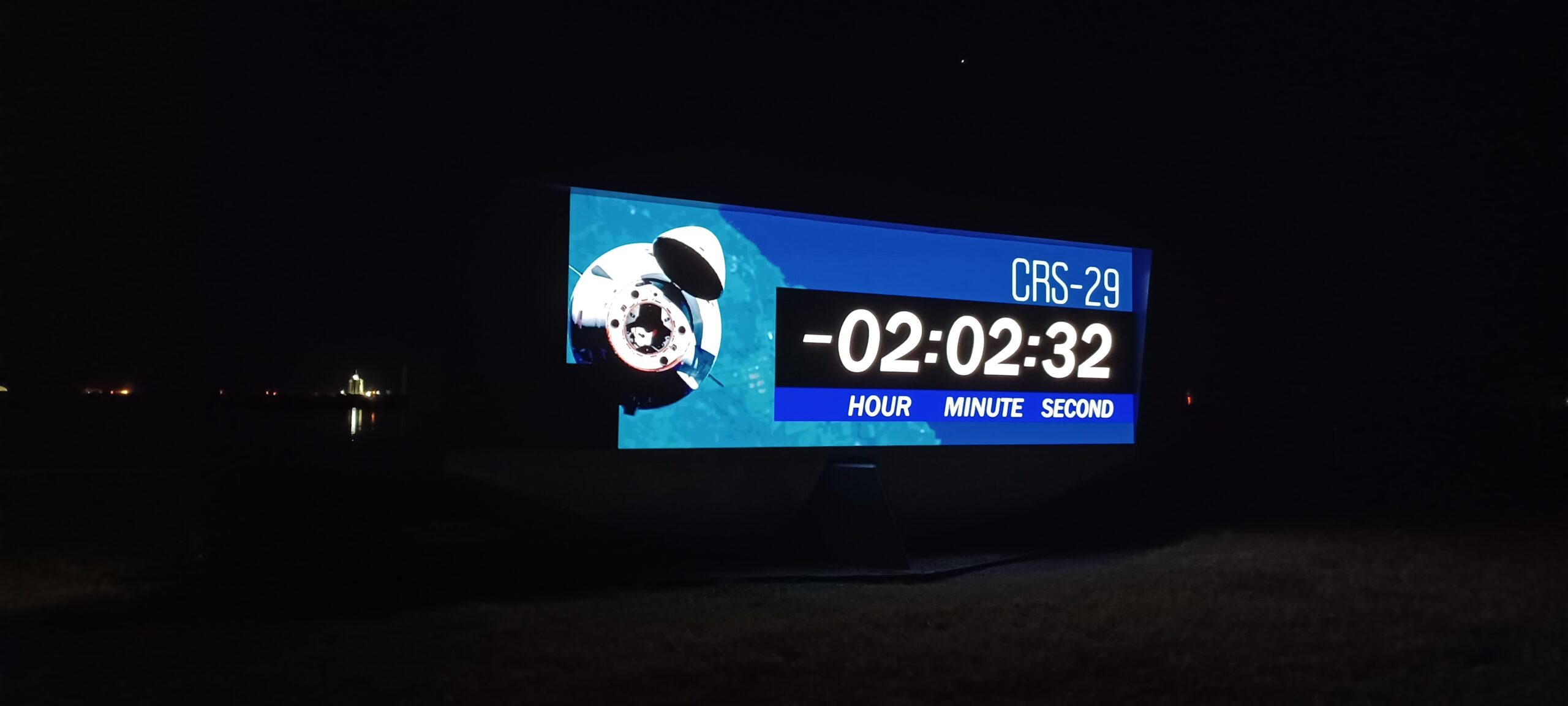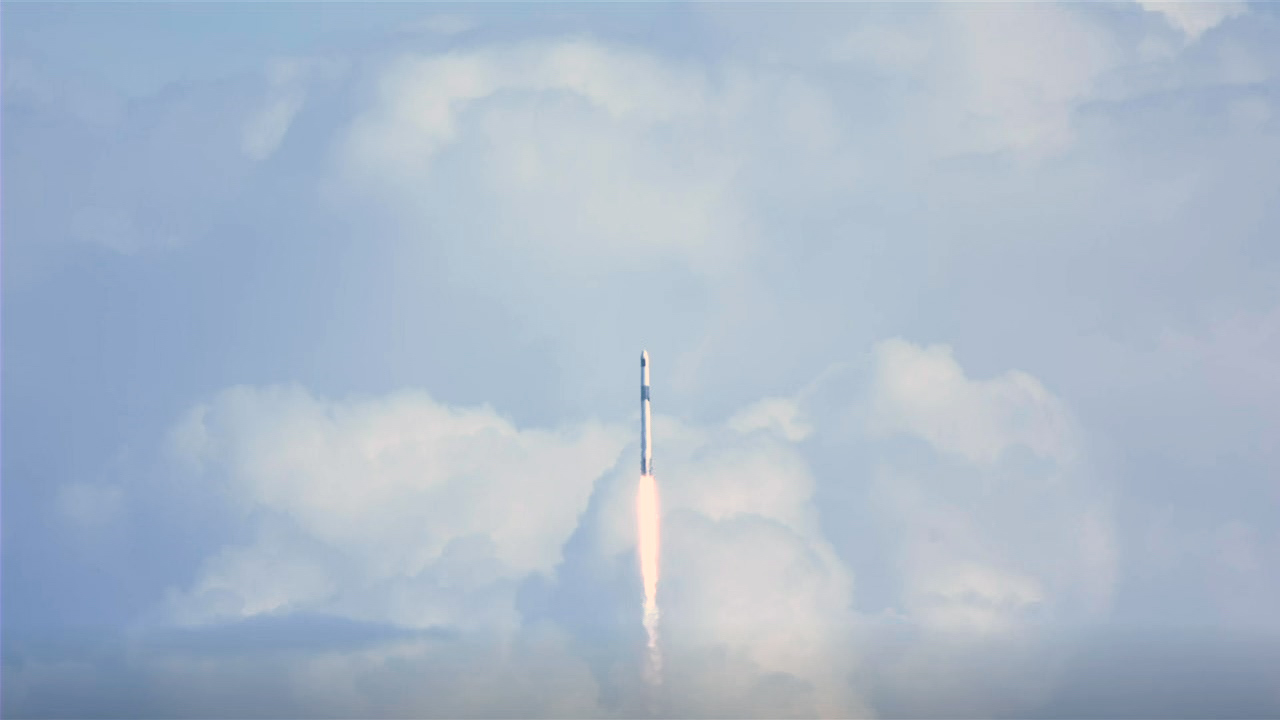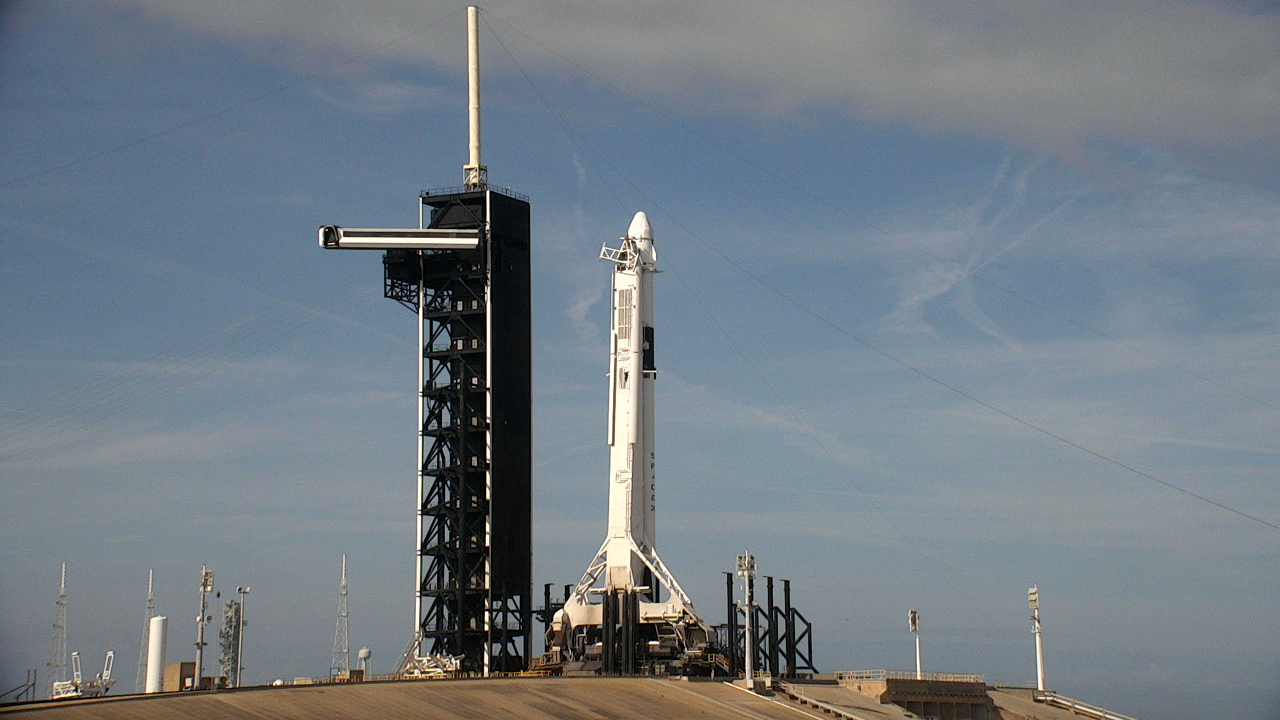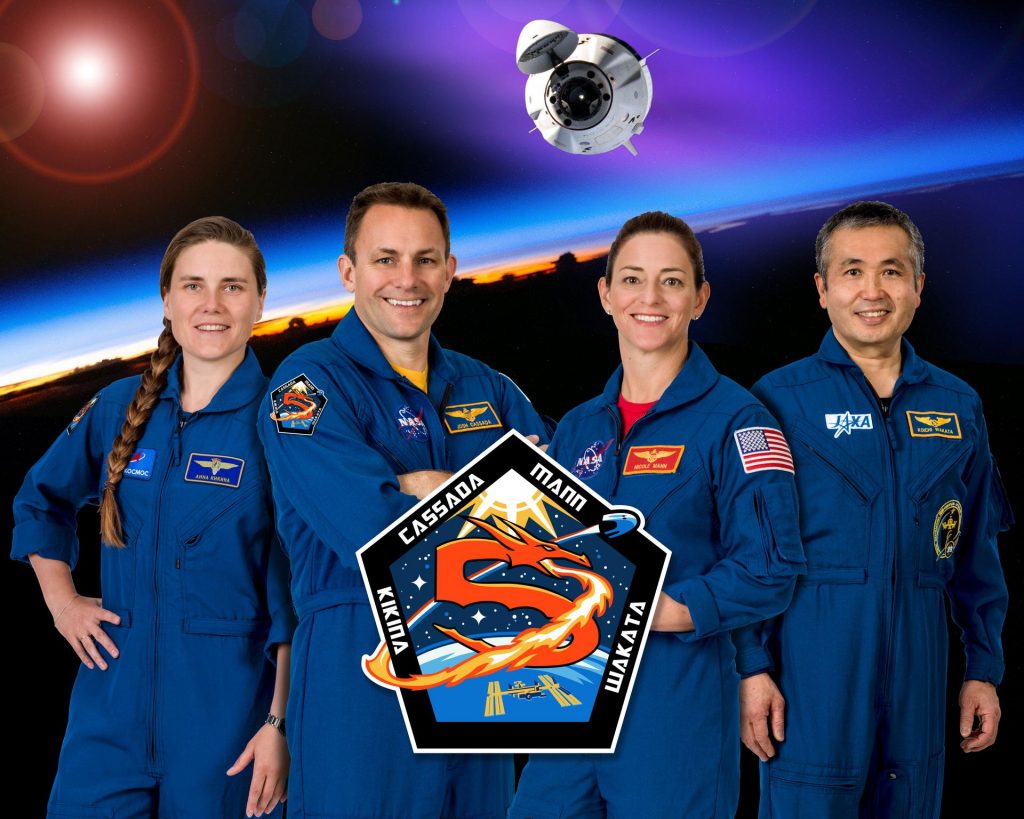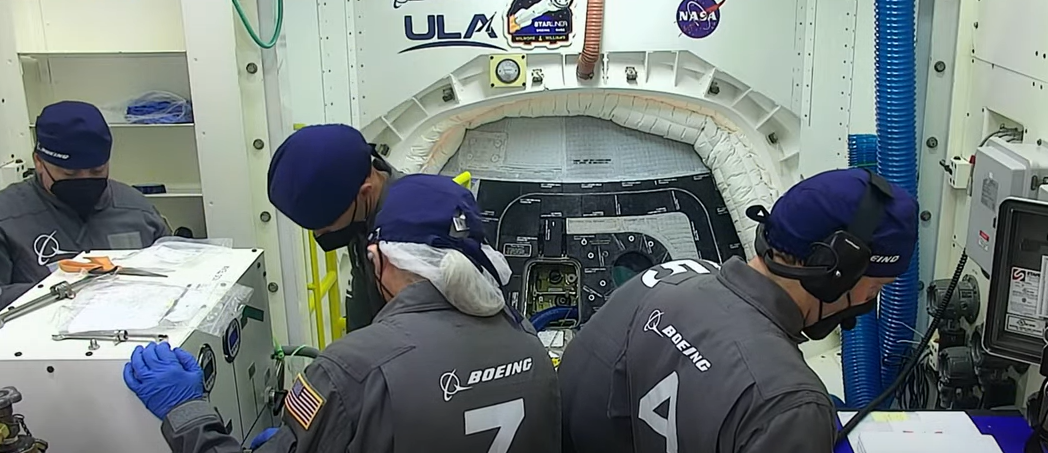
Just one hour remains ahead of liftoff of NASA’s Boeing Crew Flight Test to the International Space Station. Launch weather officers with the U.S. Space Force’s 45th Weather Squadron predict a 90% chance of favorable weather conditions with onshore winds and the cumulus cloud rule being the primary weather concerns at the launch pad for a liftoff, scheduled for 12:25 p.m. EDT. Communication checks with NASA astronauts Butch Wilmore and Suni Williams are complete. The hatch is now closed on the Boeing Starliner spacecraft, named Calypso. Next up, a series of cabin leak checks and a cabin pressurization check will be completed.
For NASA missions to low Earth orbit, the Starliner capsule, with a diameter of 15 feet (4.56m), will hold four astronauts or a mix of crew and cargo.
Inside Starliner for this mission is about 759 pounds of cargo, which includes food, clothing, exercise gear, medical supplies, photo and media equipment, vehicle supplies and tools, and other items. A thumb drive containing about 3,500 images of artwork from children in 35 states and 66 different countries is also set to launch aboard Starliner.
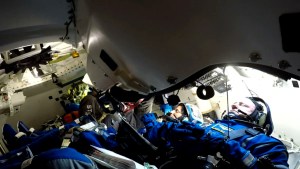
Wilmore is flying with two gold rings he had made for his father and brother that resemble the U.S. Navy astronaut pilot wing pin. He also brought shirts from his alma maters, Tennessee Technological University and the University of Tennessee. Williams brought shirts from the U.S. Naval Academy and the Sunita L. Williams Elementary School in Needham, Massachusetts. She also has a diver pin and two dog tags from her Labrador Retrievers.
At 12:25 p.m. EDT, a United Launch Alliance Atlas V rocket will launch the Starliner crew capsule from Space Launch Complex-41 at Cape Canaveral Space Force Station in Florida. Following a roughly 25-hour journey, Starliner will rendezvous and dock with the space station at 1:50 p.m., Sunday, June 2.
Watch live coverage of today’s mission on NASA+, NASA Television, the NASA app, YouTube, and the agency’s website. Learn how to stream NASA TV through a variety of platforms including social media.

